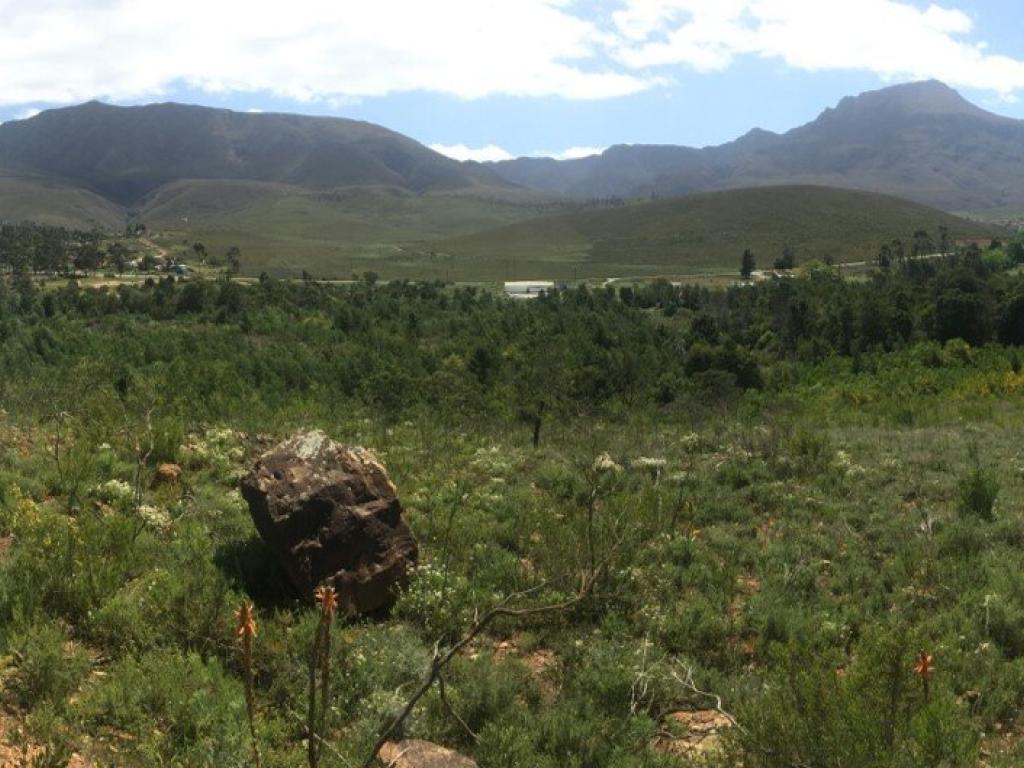Mapping Invasive Alien Trees in strategic water source areas in the Berg and Breede Catchments

By Dr Petra Holden1 and Dr Alanna Rebelo2
1African Climate and Development Initiative, University of Cape Town 2Conservation Ecology & Entomology, Stellenbosch University
The Socio-Economic Benefits of investing in Ecological Infrastructure (SEBEI) project teamed up with the Cape Winelands Biosphere Reserve (CWBR) to map invasive alien trees in the upper Berg-Breede catchments in 2019. The CWBR provided the drone footage which was instrumental in the ground-truthing of the classification results. A map of invasive alien trees in this region is a critical need, to understand where these alien trees are and to estimate the costs of clearing, to assist in management and ultimately the control of these problematic species.

Various approaches have been applied to map alien invasive trees in the Cape Floristic Region, with most being informed by expert estimates or based on in-field experience. The accuracy of these datasets is difficult to assess, but have, in general, been shown to overestimate density estimates. In this research, Dr’s Holden and Rebelo combined Google Earth Engine’s processing power, expert knowledge and drone technology to classify Sentinel 2a imagery to provide an accurate and up-to-date understanding of the occurrence and density of alien invasive trees in the upper regions of the Berg and Breede catchments at a 10m spatial resolution.
They combined bands with the highest discriminatory power from the available 13 spectral bands along with a number of spectral indices for the classification, which resulted in a 93% accuracy with both the training and validation datasets. Although the resulting maps reflect early 2019 invasions for the study area, the methodology and data captured can be used to rerun the routines to continuously update our understanding of alien invasive tree coverages in the catchments.

The importance of using expert knowledge combined with drone technology is highlighted for training classifiers to distinguish effectively between alien invasive trees and indigenous vegetation. This work forms part of the larger SEBEI project which aims to encourage investment into ecological infrastructure by developing an evidence-base of the impacts of ecological infrastructure interventions.
An up-to-date layer of invasive alien trees is a critical step towards modelling the hydrological benefits of investing in the clearing of alien invasive trees in strategic water source areas, an additional focus of the SEBEI project. Dr’s Rebelo and Holden launched a first draft of this alien tree map in September 2019. If you would like to request a copy, you can e-mail them on petra.holden@uct.ac.za or arebelo@sun.ac.za.

This project is fully funded by the Danish International Development Agency.